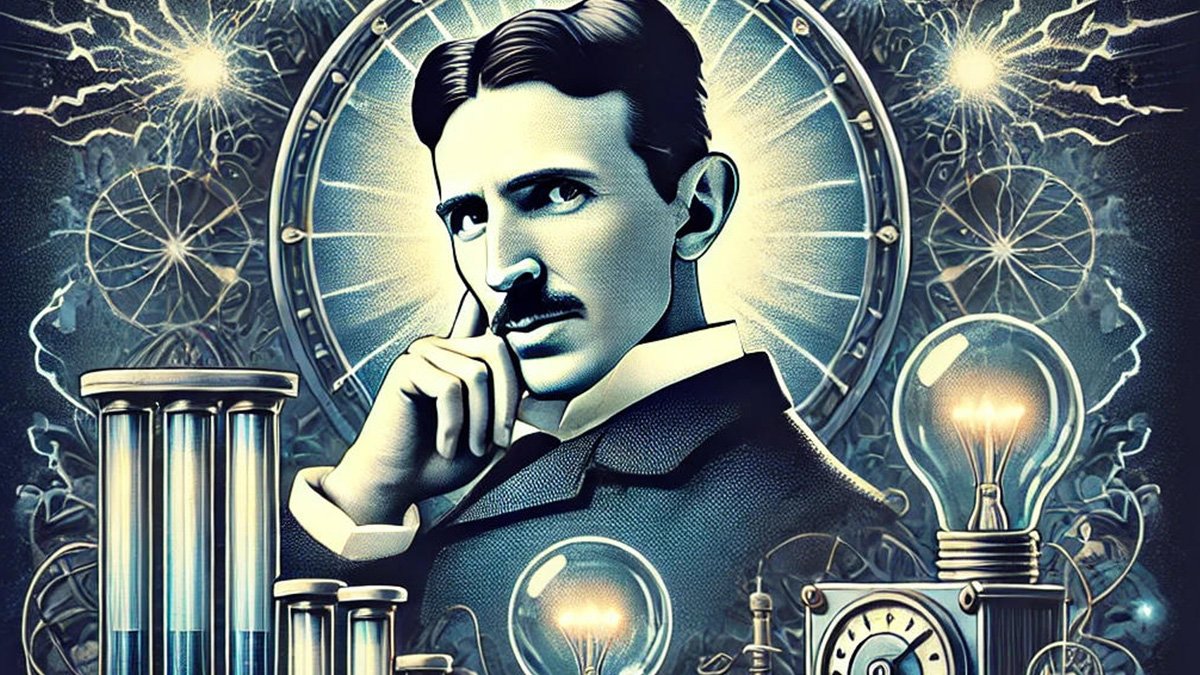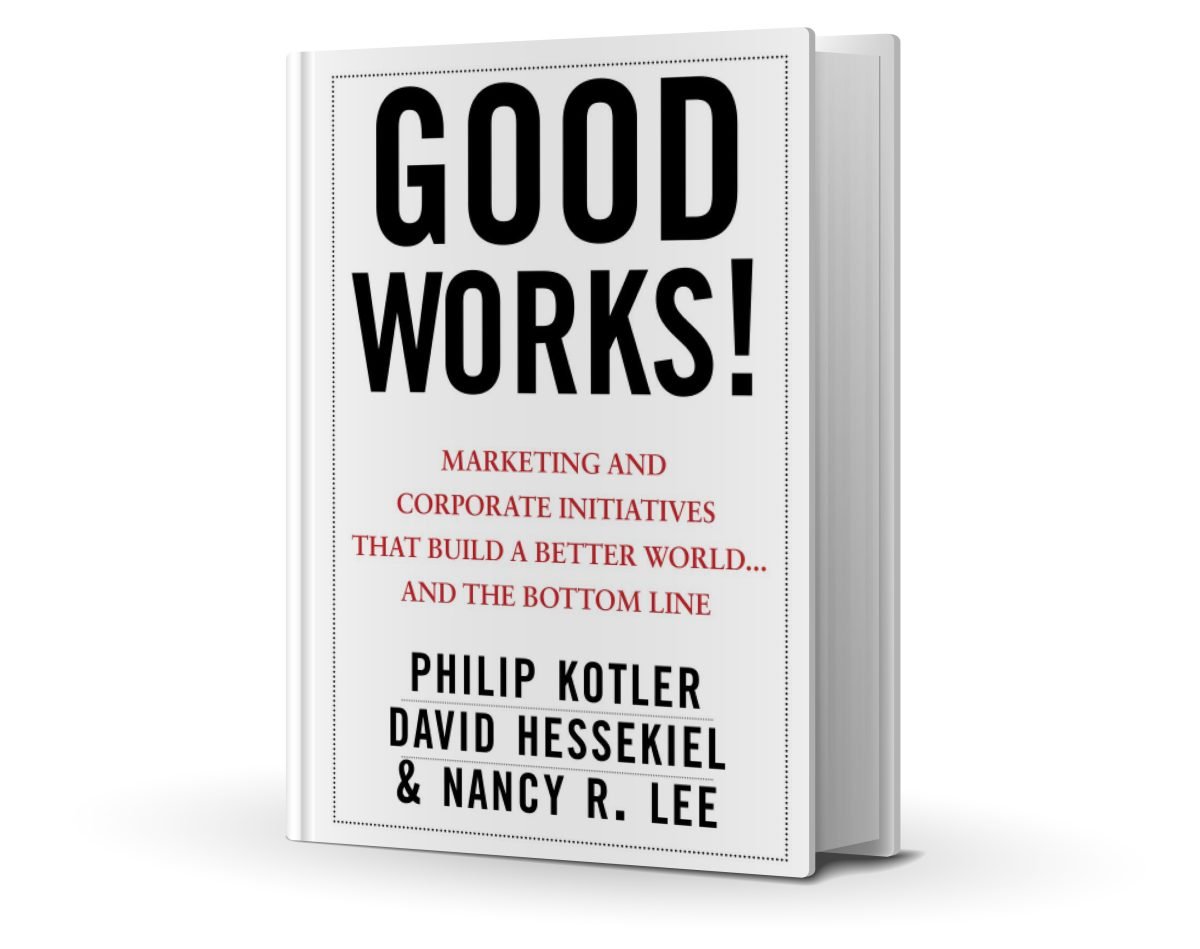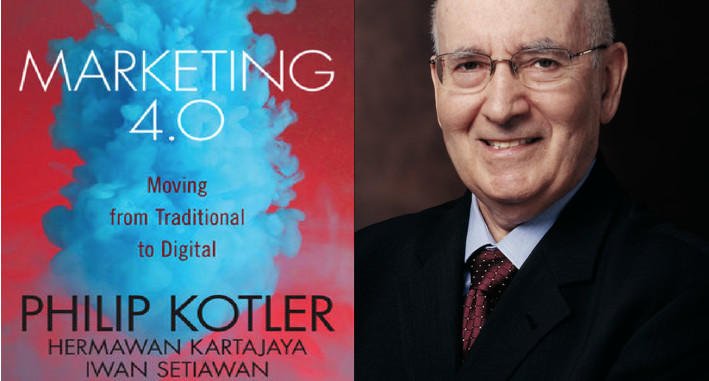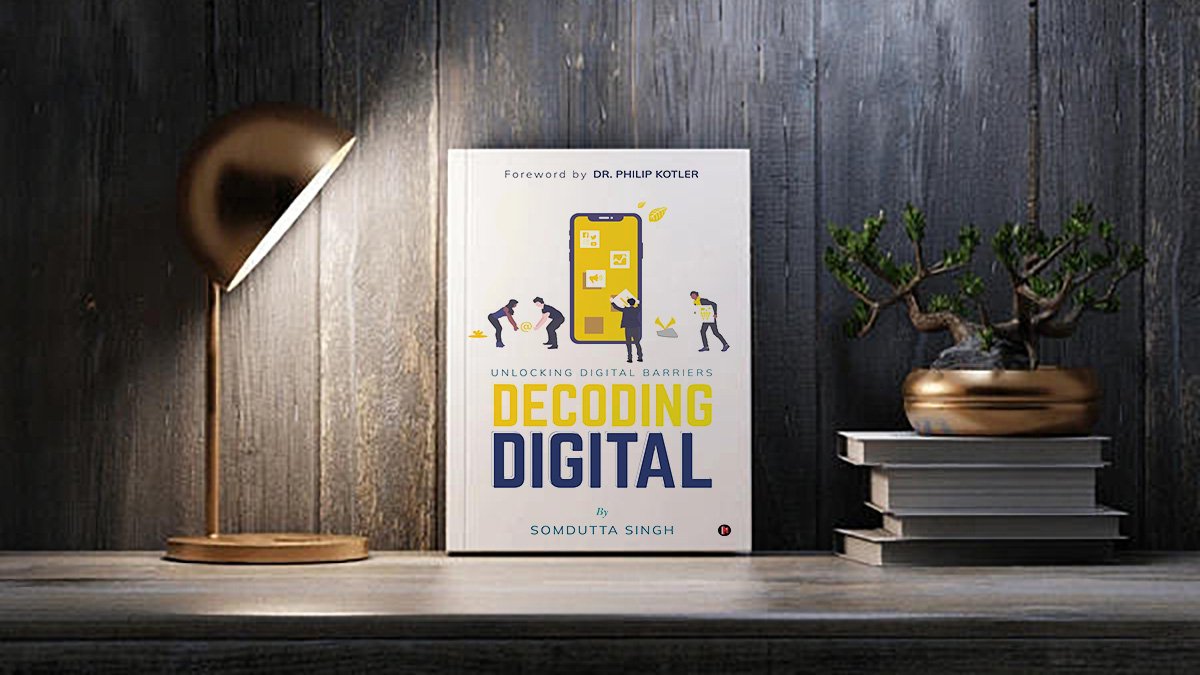Nikola Tesla stands as one of history’s most influential inventors, often referred to as the man who “invented the 20th century.” In Nikola Tesla: Imagination and the Man That Invented the 20th Century, author Sean Patrick unravels the genius of Tesla, celebrating his creativity, perseverance, and the transformative ideas he brought into the world. This book takes us through Tesla’s life, exploring his groundbreaking inventions, visionary mindset, and the personal philosophies that guided his path. Let’s delve into the themes and lessons this book presents, illuminating Tesla’s journey and the ways we can draw inspiration from his approach to creativity and resilience.
The Cultural Obsession with Intelligence
The book begins with an interesting observation: society’s tendency to equate intelligence with success. Patrick addresses a common misconception, reminding us that while IQ can play a role in achievement, it is ultimately hard work, perseverance, and the capacity for innovative thinking that shape true success. Tesla’s life exemplifies this belief. Though he had an impressive intellect, his impact was more a product of his relentless curiosity, visionary thinking, and the long hours he dedicated to honing his craft.
The 10,000-Hour Rule and Mastery
One recurring theme in Nikola Tesla: Imagination and the Man That Invented the 20th Century is the concept of mastery, introduced through Swedish psychologist Dr. K. Anders Ericsson’s “10,000-hour rule.” This idea suggests that anyone can achieve mastery in a skill through 10,000 hours of dedicated practice, regardless of innate ability. For Tesla, mastery meant pushing the boundaries of physics and electricity, often at personal cost. His determination serves as a reminder that talent alone is rarely enough—dedicated, focused effort is the foundation of greatness.
Visionary Ideas Often Meet Resistance
Tesla’s work serves as an example of how truly visionary ideas often face rejection before they are accepted. Patrick illustrates this point through Tesla’s early experiments in wireless energy. In 1891, he famously lit lamps wirelessly in his New York City lab, showcasing the potential of wireless energy transfer. Though the scientific community initially dismissed him, Tesla’s persistence led him to further breakthroughs, including the development of the first radio transmitter and successful experiments in transmitting power over long distances.
These early achievements, which seemed almost like magic at the time, underscore Patrick’s argument: visionary thinking is rarely understood in the moment. Visionaries are often seen as “ahead of their time” because their insights can challenge the status quo, evoking doubt before admiration.
The Art of Letting Go: Tesla’s Relationship with Westinghouse
One of Tesla’s most impactful decisions was his choice to forgo royalties that would have made him a billionaire. When his friend and business partner, George Westinghouse, faced financial troubles, Tesla tore up his royalty contract, showing loyalty to a friend over financial gain. This decision was a double-edged sword—it allowed Westinghouse’s company to survive, but it also deprived Tesla of the wealth he needed to fund his research. Patrick uses this moment to illustrate the unpredictable costs of idealism in a pragmatic world, highlighting Tesla’s values-driven approach to life.
esla’s Tower: A Monument to Wireless Energy
Tesla’s journey in wireless energy culminated in his Colorado Springs lab, which featured an enormous wooden tower housing the largest Tesla coil ever built. Here, Tesla conducted experiments that pushed the boundaries of what was possible, at one point lighting 200 lamps wirelessly over a distance of 25 miles. He also discovered that the Earth had a natural resonant frequency, a finding later confirmed by scientists.
Tesla envisioned a future where energy could be transmitted wirelessly across the globe, and although he never fully realized this dream, his experiments laid the groundwork for modern wireless communication and power transfer. Patrick’s account of these projects reveals Tesla’s unwavering dedication to ideas that others could scarcely imagine, let alone support.
Dreaming of a Better World
Tesla’s dreams extended beyond inventions. He foresaw a future in which humanity harnessed the power of the sun, controlled weather with electricity, and even engaged in interplanetary communication. He imagined machines that could render war obsolete and proposed ideas for robots, which he called “automatons.” Patrick paints Tesla as not just a scientist but a dreamer with a utopian vision—a man who believed in the potential for technology to bring about a better world.
A Controversial Partnership and its Consequences
Despite knowing J.P. Morgan’s history of sabotaging his projects, Tesla partnered with him to fund his research. Morgan’s financial backing came at a cost: he demanded a controlling stake in Tesla’s patents. While this partnership enabled Tesla to continue his work, it also led to what Patrick calls “the biggest mistake of Tesla’s life.” This decision highlights a crucial theme in the book: even the most brilliant minds can falter in the face of pragmatism, and the pursuit of a dream often comes with harsh compromises.
Tesla and Creativity: A Structured Chaos
The book also explores Tesla’s view on creativity, which he saw not as a divine gift but as a skill to be cultivated. Patrick argues that creativity is less about innate talent and more about the ability to combine, stretch, and merge ideas in novel ways. Tesla’s approach was a testament to this belief. He envisioned creativity as a chaotic, sometimes unpredictable process, and his advice was to trust in one’s imagination, allowing ideas to take root and blossom naturally.
In a striking example, Patrick recounts a time when Tesla famously stated that reason asserts itself with age, making us more systematic and rigid. He encouraged readers to embrace the impulsive creativity of youth, which he saw as a vital spark for innovation.
Tesla’s Legacy and Lessons for Modern Creatives
Tesla’s legacy is one of persistence, courage, and boundless imagination. Patrick closes with reflections from notable figures who admired Tesla, including Mark Twain, Henry Ford, and even Einstein. Twain’s idea that “all ideas are second-hand” resonated with Tesla’s belief in connecting the dots to create something new. Likewise, Ford’s advice to let ideas germinate underscores Tesla’s approach to creativity as a process rather than a providence.
Through Tesla’s life, Nikola Tesla: Imagination and the Man That Invented the 20th Century offers timeless insights for anyone seeking inspiration in their own creative journeys. The book encourages us to stay curious, to embrace visionary thinking, and to remember that success often lies just beyond the reach of common understanding.
Conclusion
Sean Patrick’s portrayal of Nikola Tesla isn’t just a biography—it’s a manifesto for the modern visionary. Tesla’s life is a reminder that the road to innovation is often fraught with challenges, but persistence and a willingness to dream big can change the course of history. From his relentless pursuit of wireless energy to his unconventional ideas on creativity, Tesla’s story is an inspiring call to break boundaries and follow one’s passion, no matter how impossible it might seem.
To Read My Kindle Highlights Click Here








